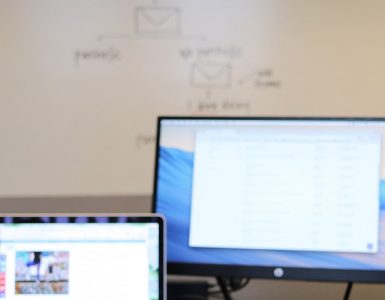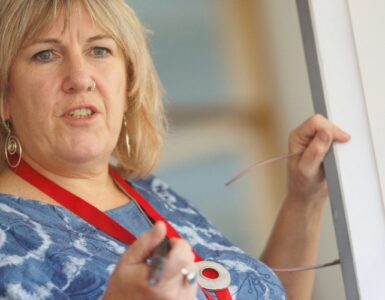Remember the thrill of mixing chemicals in a school lab or watching a frog’s heart beat under a microscope? Now imagine doing all that—from a computer screen. Virtual labs are stepping up as the modern classroom’s secret weapon, making hands-on learning possible even when physical labs aren’t. Especially for schools that face resource crunches, these digital tools are a game-changer. Let’s explore how they’re turning textbooks into living experiments.
1. Learning by Doing—Anywhere, Anytime
Gone are the days when experiments were limited by time slots and glassware. Virtual labs offer a flexible, always-available platform for students to run simulations and test theories in real time. Whether it’s balancing chemical equations or exploring Newton’s laws, learners can engage at their own pace—with zero risk of spilling acid on their notebooks.
2. Leveling the Playing Field for All Students
Not every school can afford a fully stocked science lab, but that shouldn’t hold students back from experiencing the thrill of experimentation. Virtual labs democratize access to practical learning by bringing high-quality simulations into classrooms (and homes) across economic and geographic boundaries. It’s a digital equalizer that supports both rural and urban education systems.
3. Making Complex Concepts Click
Let’s face it—some science and math topics are tough to visualize. Virtual labs bring abstract ideas to life through interactive elements and instant feedback. Students don’t just learn about circuits or cell division; they see them in action, which boosts comprehension and long-term retention.
4. Safe, Scalable, and Student-Friendly
From a teacher’s perspective, virtual labs remove safety risks and setup hassles. No glass to break, no chemicals to clean up. Plus, these tools are easily scalable—teachers can conduct the same experiment with an entire class without ever running out of materials. For students, it’s intuitive, repeatable, and surprisingly fun.
5. Delhi’s Big Leap into the Future
Leading the charge in India, the Delhi government has launched over 300 virtual labs in its schools. This move isn’t just about tech adoption—it’s about reimagining what’s possible in public education. By offering students access to interactive, curriculum-aligned experiments, the state is setting a bold example for how digital innovation can drive academic equity.
Conclusion
Virtual labs are more than just a workaround—they’re a leap forward in how we think about learning. They combine curiosity, technology, and education in a way that makes science and math less intimidating and way more exciting. And as more schools plug into this new model, we might just be raising the most hands-on digital generation yet.








